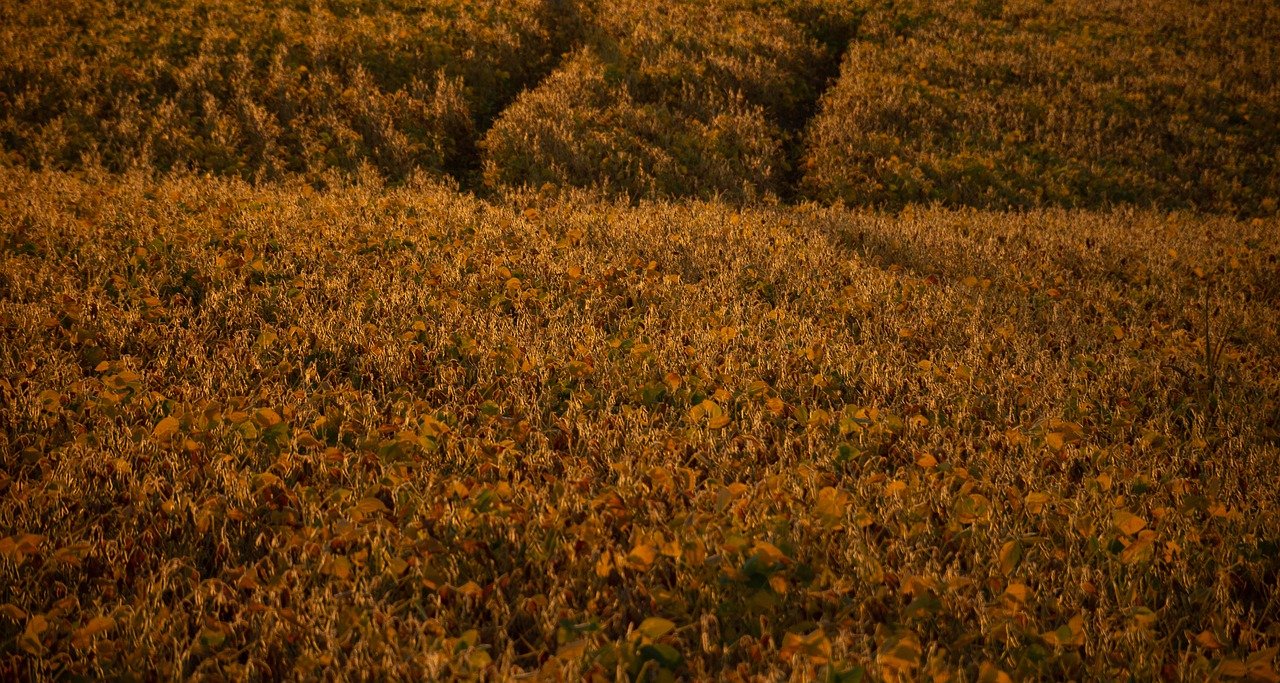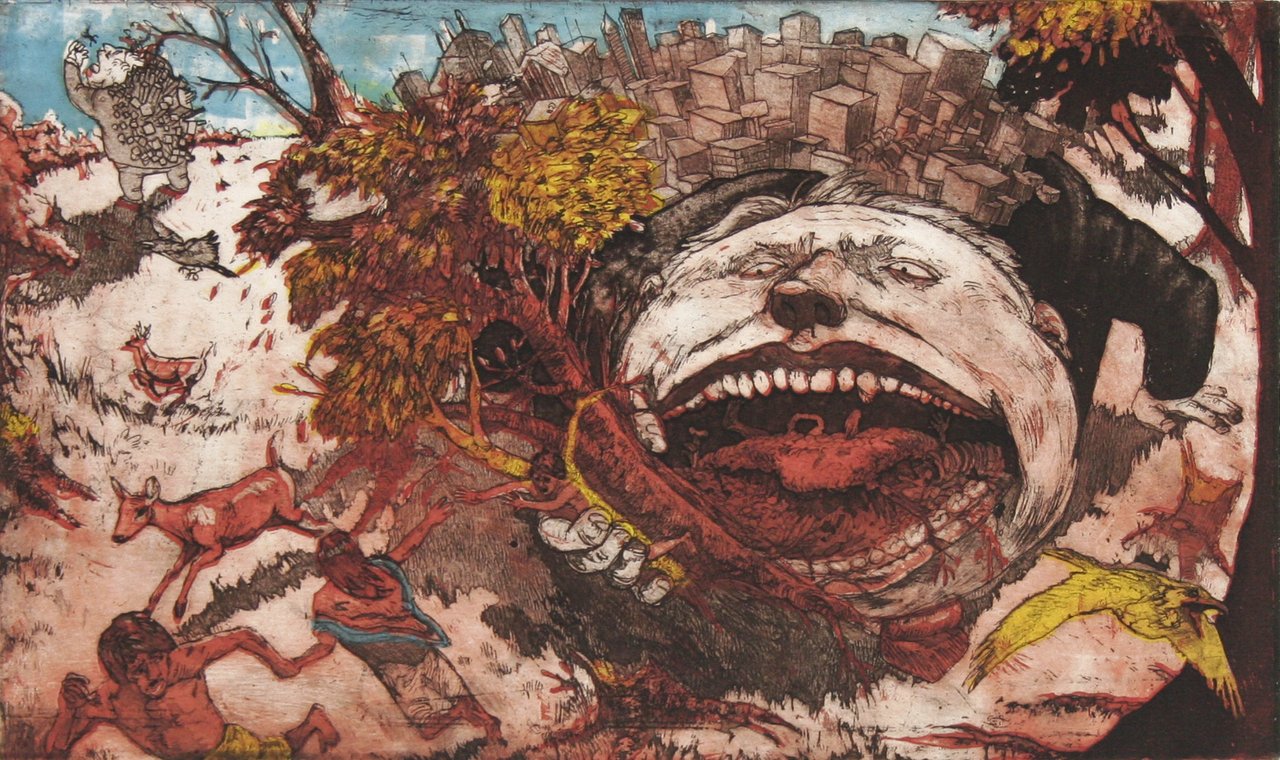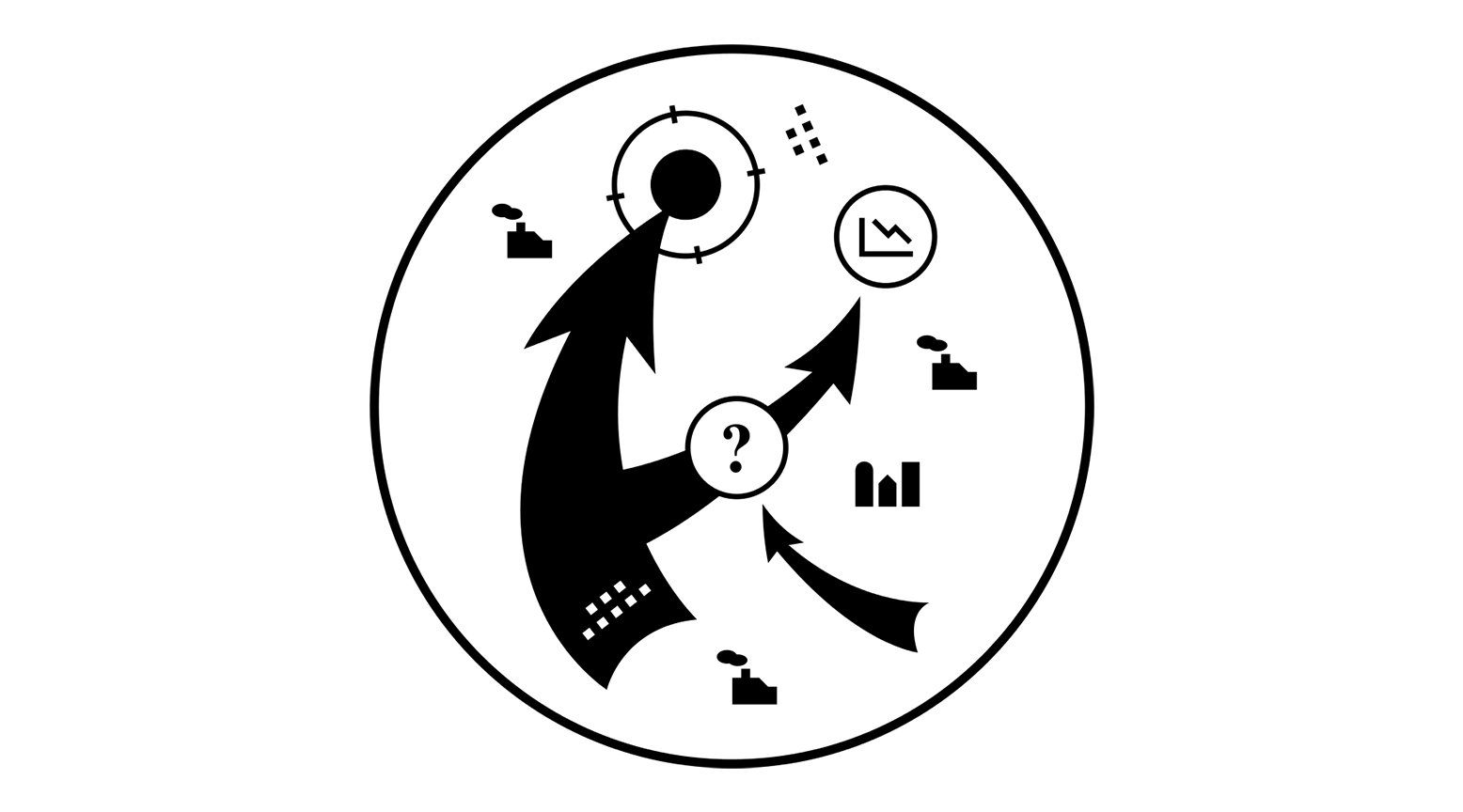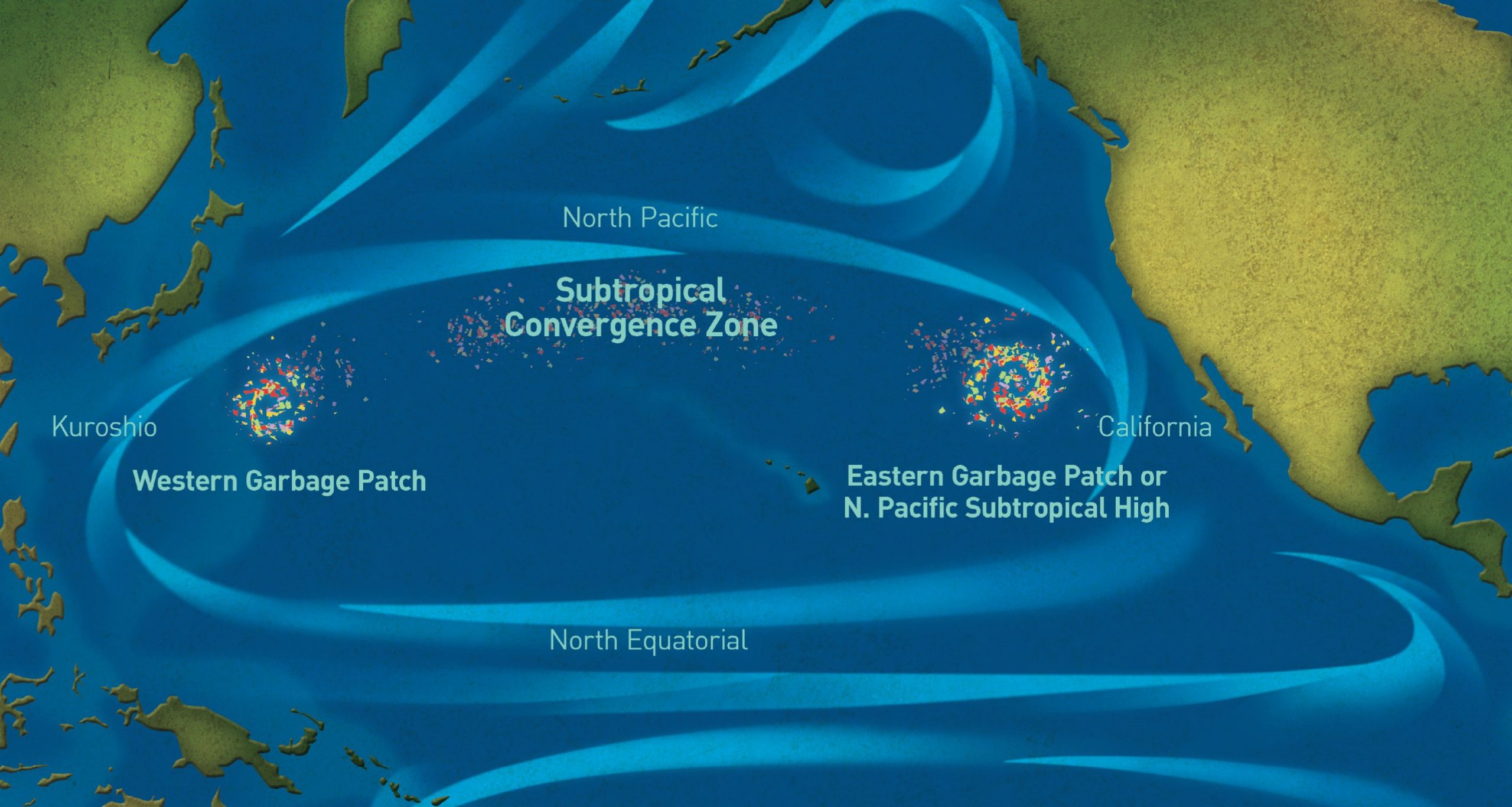
Solving for the wrong variable
This is an excerpt from the book Bright Green Lies, P. 20 ff By Derrick Jensen, Lierre Keith and Max Wilbert What this adds up to should be clear enough, yet many people who should know better choose not to see it. This is business-as- usual: the expansive, colonizing, progressive human narrative, shorn only of the carbon. It is the latest phase of our careless, self-absorbed, ambition-addled destruction of the wild, the unpolluted, and the nonhuman. It is the mass destruction of the world’s remaining wild places in order to feed the human economy. And without any sense of irony, people are calling this “environmentalism.” 1 —PAUL KINGSNORTH ...








